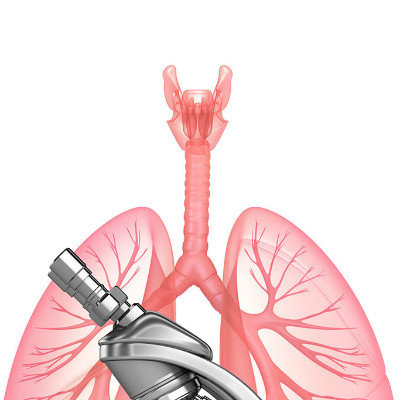Is electronic blood pressure device accurate
summary
Nowadays, with the improvement of living standards and the increasing incidence of hypertension, people's understanding of their own health is becoming more and more scientific. Electronic sphygmomanometer is accepted by people because of its convenient and simple operation. As a new electronic sphygmomanometer that appeared and accepted in China, it also brings many doubts to many people who use it for the first time, such as whether the electronic sphygmomanometer is accurate or not, and what to do if the electronic sphygmomanometer is not accurate? Now, let's share how to identify whether the electronic sphygmomanometer is accurate, and how to solve the problem of inaccurate electronic sphygmomanometer.
Is electronic blood pressure device accurate
First, there are two reasons for the inaccuracy of the electronic sphygmomanometer: first, the accuracy of the instrument itself; second, the operation of the user. Can cause the electronic sphygmomanometer to be inaccurate. Formal qualification. Nowadays, there are many brands of electronic sphygmomanometers on the market, including formal and informal electronic sphygmomanometers. In China, there are strict regulations for medical devices, the production must have a medical device production license, and the sales must have a medical device registration number. Therefore, before purchasing electronic sphygmomanometers, we need to check the relevant qualifications of the purchased electronic sphygmomanometers and exclude them Irregular crude electronic sphygmomanometer, which is the basis to ensure the accuracy of electronic sphygmomanometer.

Second: repeated comparison. The difference of manufacturing process and production technology will also affect the accuracy of electronic sphygmomanometer. Moreover, the production of electronic sphygmomanometer will inevitably lead to a certain probability of unqualified products flowing into qualified products. Therefore, we can compare the stability, accuracy and floating range of the electronic sphygmomanometer by repeatedly measuring the electronic sphygmomanometer in different periods and observing the detected data results. The premise of this method is to have a certain understanding of their own blood pressure. If you have the conditions, you can get it to the doctor, measure it with the electron, and then measure it with the mercury. Then how much should the reading on the electron be reduced or increased, and how much should it be reduced or increased below, just like the mercury. After four or five tests, there are two values, so the measurement at home is accurate.

Third, choose the right type of electronic sphygmomanometer. There are two types of electronic sphygmomanometer: wrist type electronic sphygmomanometer and arm type electronic sphygmomanometer. The wrist type electronic sphygmomanometer mainly detects the small arteries in the wrist, and the arm type electronic sphygmomanometer mainly detects the large arteries in the left arm. Due to the aging of blood vessels or the existence of cardiovascular and cerebrovascular diseases in middle-aged and elderly people, it is difficult for wrist electronic sphygmomanometer to grasp the signal of the fluctuation of small arteries. The left arm artery is closest to the human heart, so the cardiovascular fluctuation is the most stable and clear, and it is easy for arm electronic sphygmomanometer to grasp the signal. Therefore, wrist electronic sphygmomanometer is suitable for young people without cardiovascular and cerebrovascular diseases The arm type electronic sphygmomanometer is suitable for middle-aged and old people, and it is also very suitable for the whole family.

matters needing attention
Repeated and continuous measurement will cause the arm to be compressed, resulting in poor blood circulation and blood pressure changes. Therefore, when continuously measuring the same person, you should loosen the cuff and let the arm rest for 3 minutes. Take a rest for at least 5 minutes in a quiet environment before the measurement; avoid the measurement under the condition of cold and holding urine.














